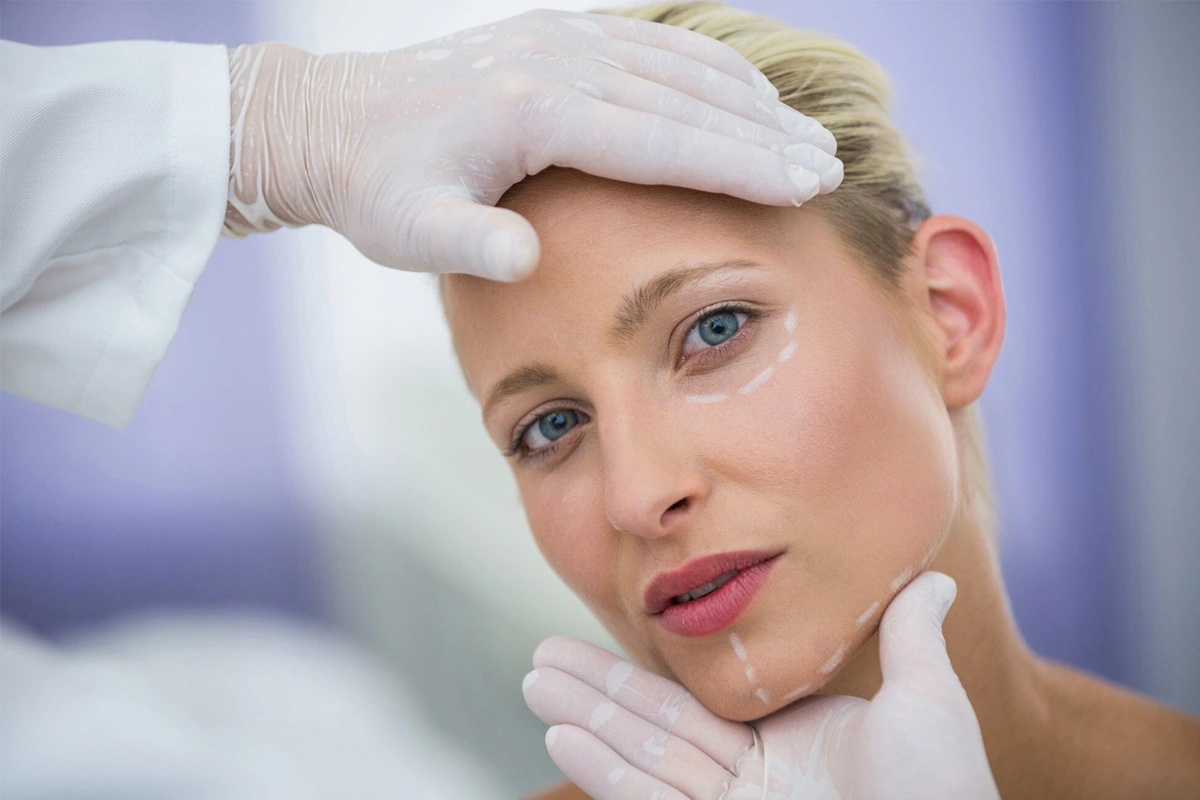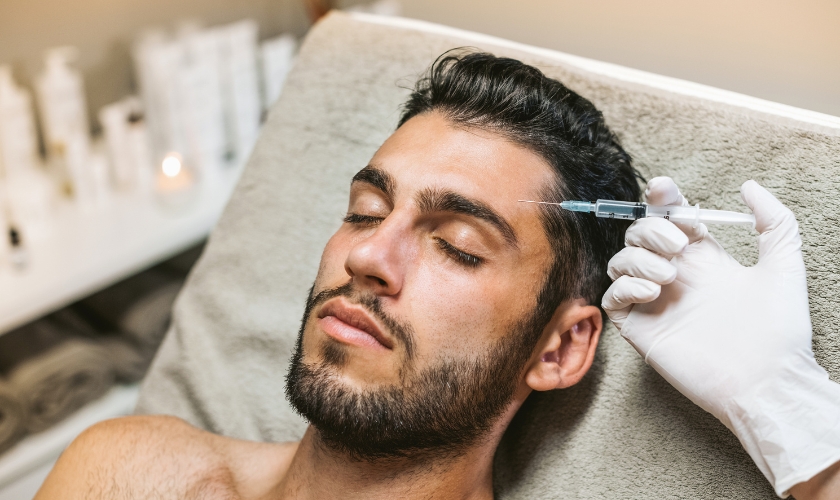
Botox for Migraine Prevention: Understanding the Science Behind the Treatment

You might first think of smooth, wrinkle-free skin when you hear the word “Botox,” but there’s so much more to it. Botox treatment offers various health benefits that go far beyond enhancing your appearance. From treating chronic migraines to alleviating TMJ (temporomandibular joint) symptoms, this versatile treatment is making waves in the medical community. Let’s explore the science behind how Botox works, especially in migraine prevention, and uncover its other surprising uses.
Botox Treatment: More Than Just a Beauty Treatment
Botox, short for Botulinum toxin, is a neurotoxin produced by
Clostridium botulinum bacteria. Although the name might sound intimidating, Botox is safe and highly effective for both cosmetic and medical treatments when administered in controlled doses. While it’s renowned for reducing wrinkles and frown lines, Botox is also FDA-approved for various medical uses, including chronic migraines, muscle spasms, and even excessive sweating.
How Does Botox Treatment Work for Migraine Prevention?
Botox works for migraine prevention by blocking pain signals before they reach your brain. This remarkable treatment interferes with the nerve signals responsible for transmitting migraine pain.
Here’s how it operates: Botox is injected into seven key muscle areas around your head and neck. Once injected, it relaxes these muscles, preventing them from sending pain signals that trigger migraines. This isn’t just a temporary fix; it can stop migraines from starting altogether.
Many chronic migraine sufferers report a significant reduction in both the frequency and intensity of their migraines after undergoing Botox treatments. Moreover, it’s a long-lasting solution, requiring treatments only once every twelve weeks.
The Science Behind Botox Treatment for Migraines
Botox blocks the release of neurotransmitters called acetylcholine, which are responsible for sending pain signals to your brain. For migraine sufferers, this interruption in the signal chain is a game-changer, effectively stopping a migraine before it even starts. By keeping the muscles around the head and neck relaxed, Botox prevents the tension that often leads to headaches.
Imagine your body as a series of connected wires. When those wires are frayed or overly sensitive, they send electrical shocks—pain signals—to your brain. Botox acts as a protective layer, preventing these signals from firing and, consequently, reducing your migraine pain.
Botox Treatment for Chronic Migraines: Is It Right for You?
Botox is specifically FDA-approved for chronic migraines, meaning you need to experience at least fifteen headache days a month to qualify for this treatment. If migraines disrupt your daily life and other treatments have failed, Botox might be the answer.
One of the best things about Botox for migraines is its non-invasive nature and minimal downtime. You can expect to see improvements after just two treatments, with results lasting up to three months. Imagine reducing your headache days from fifteen to just five—that’s life-changing!
Other Medical Conditions Treated by Botox
Botox isn’t just a miracle for migraines; it’s also effective for treating a variety of other medical conditions. Here are just a few:
- Repetitive Neck Spasms (Cervical Dystonia): Botox relaxes the muscles and reduces the severity of spasms, improving comfort and range of motion.
- Excessive Sweating (Hyperhidrosis): Botox blocks the nerves responsible for activating sweat glands, effectively pausing excessive sweating for months.
- Overactive Bladder: Botox relaxes bladder muscles, reducing the urge to urinate frequently, especially for those who haven’t responded well to other medications.
- Lazy Eye (Strabismus) and Eye Twitching (Blepharospasm): Botox relaxes the muscles around the eyes, correcting alignment issues and easing constant twitching.
- TMJ Symptoms: Botox can treat TMJ disorders, relaxing jaw muscles and alleviating associated pain and discomfort.
- Low Lip Line or Smile Adjustment: Botox can lift a low lip line, balancing your smile and boosting your confidence.
- Difficulty Adjusting to New Dentures: Botox eases muscle tension, making it easier to adapt to new dental appliances.
Botox for Migraines: What to Expect During Treatment?
If you’re considering Botox for migraines or any other condition, the process is simple and straightforward:
- Consultation: Your doctor assesses whether Botox is suitable for you, based on your symptoms and medical history.
- The Procedure: The injections are quick and relatively painless. For migraines, your doctor injects Botox into specific areas around your forehead, temples, back of the head, and neck.
- Post-Treatment: After the injections, you can resume your daily activities. Most patients experience minimal side effects, though some may notice minor bruising or swelling.
- Results: You’ll start seeing results within a few weeks, with the full effects appearing after two treatments.
Are There Any Side Effects?
Botox is generally considered safe, but potential side effects can occur. The most common include:
- Discomfort or minor pain at the injection site
- Temporary muscle weakness
- Mild bruising or swelling
- Headache or flu-like symptoms
Most side effects are mild and resolve within a few days. However, it’s wise to discuss any concerns with your doctor before starting Botox treatments.
So, there you have it—
Botox is not just about smoothing out wrinkles and fine lines. This versatile treatment offers relief for chronic migraines, TMJ disorders, neck spasms, and excessive sweating, among others. It’s non-invasive, quick, and requires minimal downtime.
For those who suffer from chronic migraines, Botox can significantly reduce headache days, allowing you to enjoy life without constant pain. Whether you seek migraine relief or want to address other medical conditions that Botox can treat, consider this powerful, multi-functional treatment option.
 Botox for Migraine Prevention: Understanding the Science Behind the Treatment
Botox for Migraine Prevention: Understanding the Science Behind the Treatment
 You might first think of smooth, wrinkle-free skin when you hear the word “Botox,” but there’s so much more to it. Botox treatment offers various health benefits that go far beyond enhancing your appearance. From treating chronic migraines to alleviating TMJ (temporomandibular joint) symptoms, this versatile treatment is making waves in the medical community. Let’s explore the science behind how Botox works, especially in migraine prevention, and uncover its other surprising uses.
You might first think of smooth, wrinkle-free skin when you hear the word “Botox,” but there’s so much more to it. Botox treatment offers various health benefits that go far beyond enhancing your appearance. From treating chronic migraines to alleviating TMJ (temporomandibular joint) symptoms, this versatile treatment is making waves in the medical community. Let’s explore the science behind how Botox works, especially in migraine prevention, and uncover its other surprising uses.